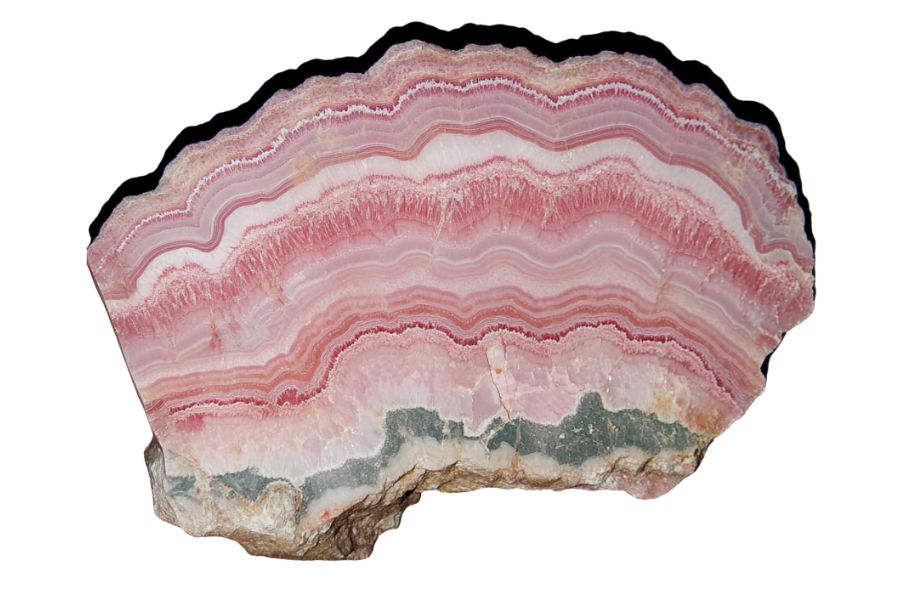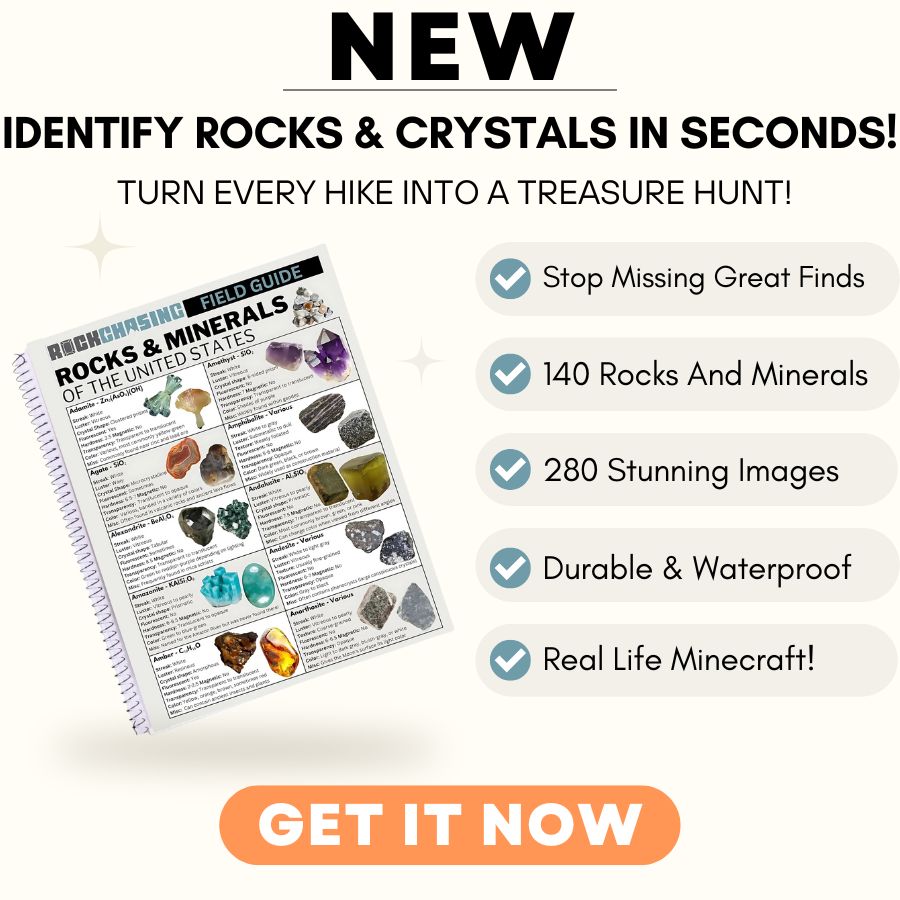Texas glows with hidden beauty, and rhodochrosite is one of its rarest gems. While this pink mineral is more famous in places like Colorado and Argentina, a few spots in Texas hold their own secret stashes. The problem is that most rockhounds don’t know where to look.
Many give up too soon, searching in the wrong places or relying on outdated tips. They waste time, energy, and sometimes even money on fruitless trips. But you don’t have to make the same mistake.
We’ve done the digging for you. We will lead you to the best places in Texas to find rhodochrosite, saving you hours of guesswork and frustration.
How Rhodochrosite Forms Here
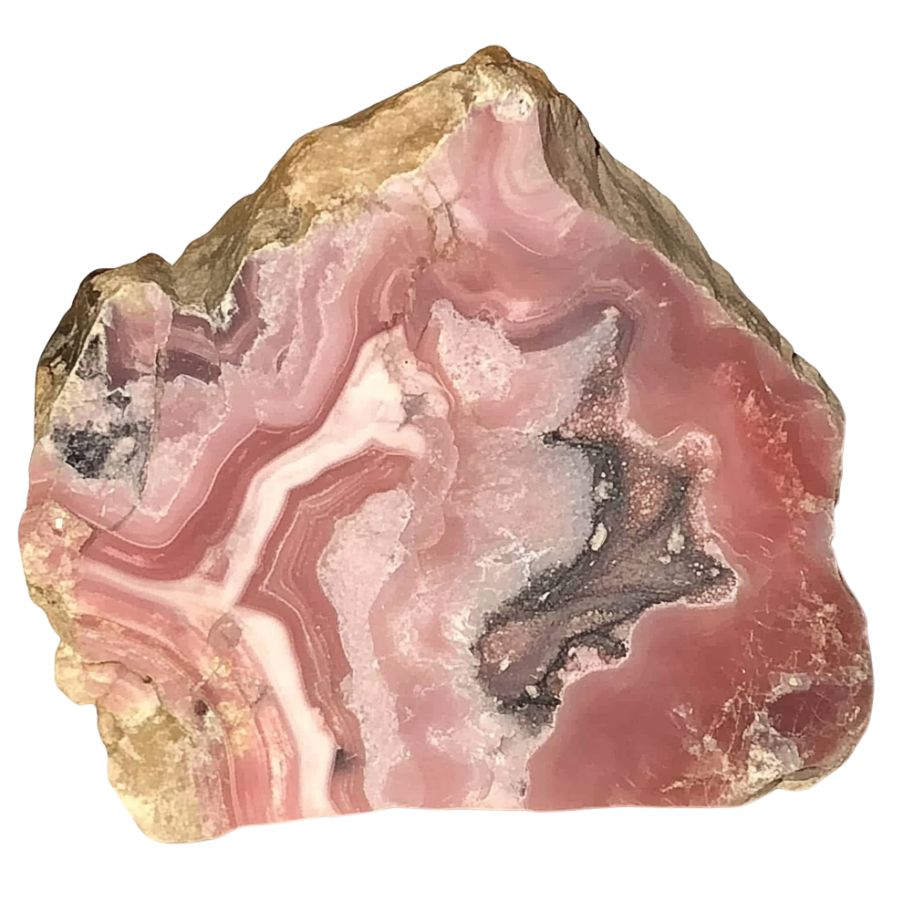
Rhodochrosite forms from manganese-rich waters seeping through cracks in rocks. When these mineral-heavy solutions mix with carbonate materials (like limestone), the magic happens!
Over time, as temperatures and pressures change deep underground, the manganese and carbonate ions come together and slowly crystallize. Sometimes, it forms in beautiful stalactites in empty spaces in rocks, while other times it shows up in hydrothermal veins alongside other minerals.
The most stunning specimens often form when the conditions are just right (not too hot, not too cold) letting the crystals grow slowly into those gorgeous pink rhombohedral shapes we love so much.
Types of Rhodochrosite
Rhodochrosite occurs in several distinct varieties. From delicate pink bands to deep crimson crystals, these variations showcase the diverse beauty of this remarkable mineral.
Pink Rhodochrosite
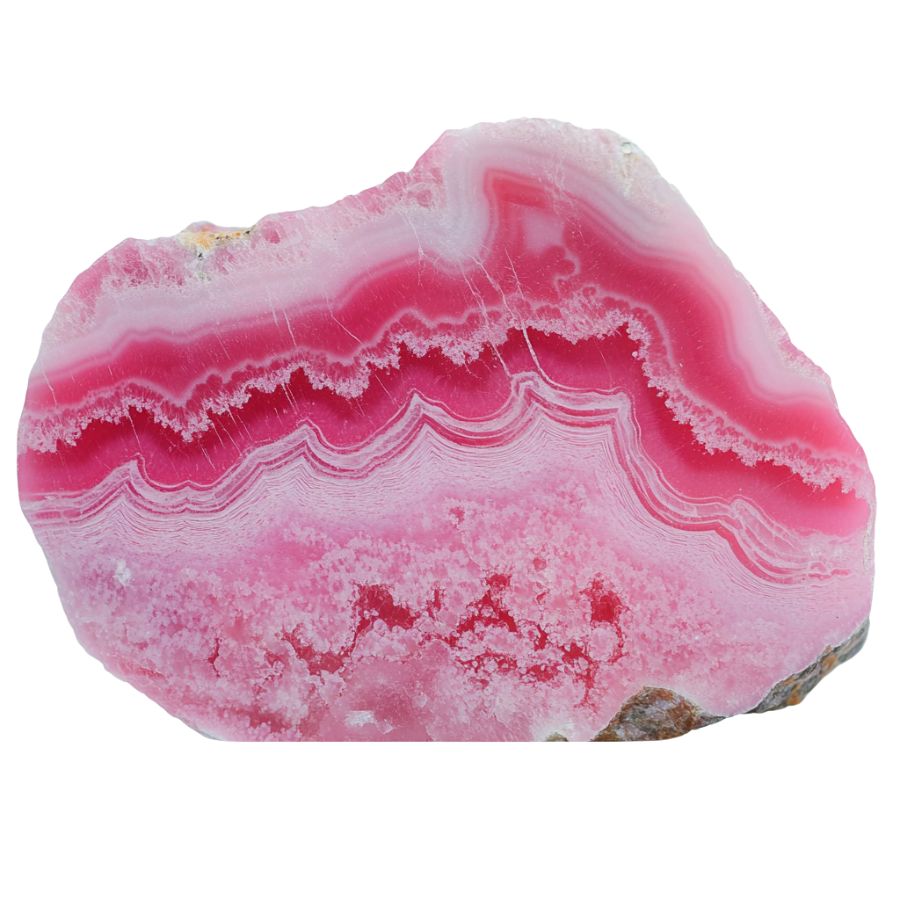
Pink Rhodochrosite displays delicate pink shades that range from soft pastel to deep rose pink. The stone features beautiful banding patterns that create swirling designs throughout its surface.
The translucent to semi-translucent nature of Pink Rhodochrosite adds to its visual appeal. This stone has a special trigonal crystal system that sometimes produces rare transparent crystals.
Fine specimens with clear, transparent crystals are particularly valuable. The best examples show sharp color zones and distinct banding patterns. Stone’s intricate patterns often resemble landscapes or abstract art.
Red Rhodochrosite
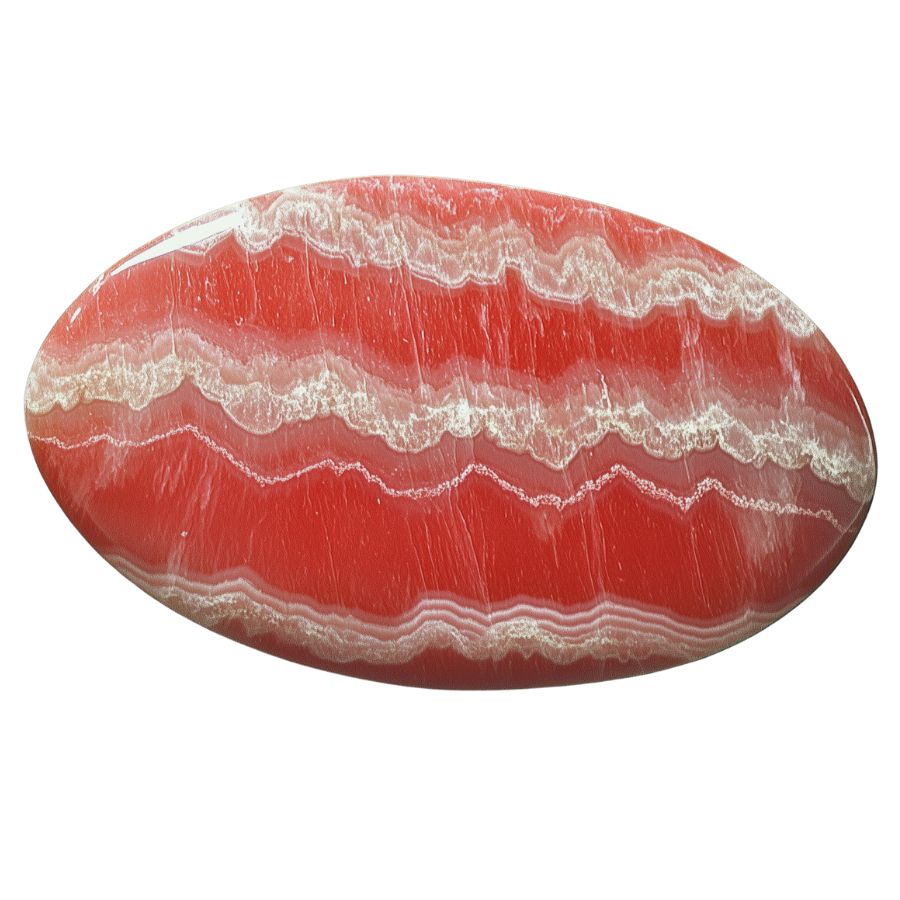
Red Rhodochrosite stands out with its bold, vibrant colors that range from bright red to deep crimson. Its intense red coloring comes from its high manganese content.
This variety can form in interesting shapes, including rhombohedral crystals and stalactite formations. When cut and polished, these formations reveal stunning internal patterns.
The crystal structure of Red Rhodochrosite allows it to form in large, well-defined specimens. These pieces often show sharp color transitions and clear crystal faces. The surface has a bright, glass-like shine when polished.
Some specimens feature dramatic color zoning, where deeper reds blend into lighter shades. This natural gradient effect makes each piece distinct and visually interesting.
Trapiche-like Rhodochrosite
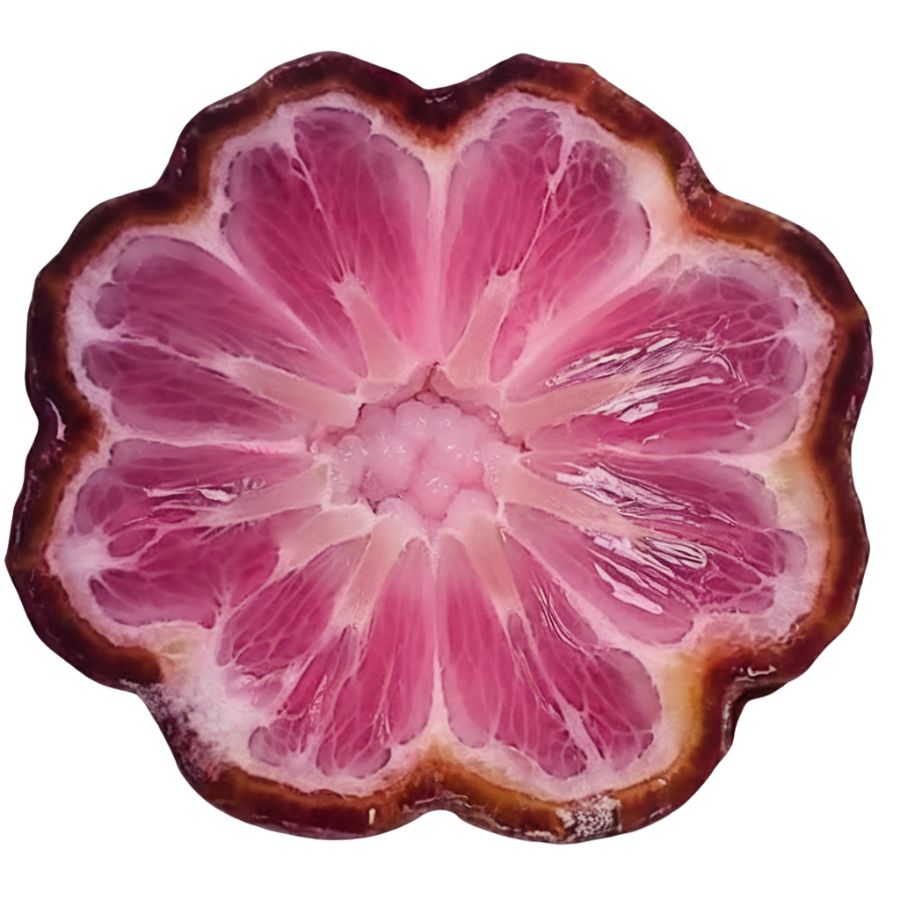
Trapiche-like Rhodochrosite showcases a remarkable star or flower-like pattern that makes it truly special. This pattern forms when crystals grow in a specific way, creating symmetrical rays that extend from the center. The result looks like a wheel with spokes or a blooming flower.
The formation process creates distinct sections within the crystal, each with its own character. These sections join at the center point, creating a natural geometric design.
When the stone is cut perpendicular to its main growth axis, its visual effect is enhanced. This orientation reveals the full beauty of the pattern and shows how the crystal sections fit together perfectly.
South African Rhodochrosite
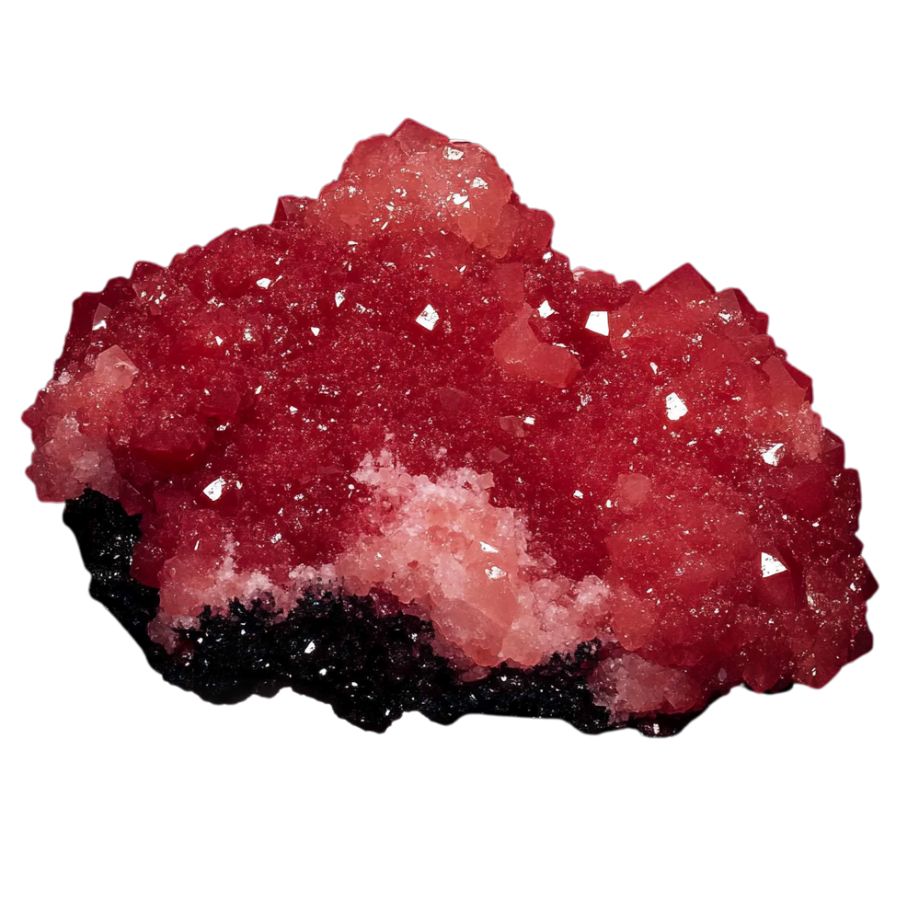
South African Rhodochrosite is known for its deep, rich blood-red color. This intense coloring sets it apart from other varieties. The stone often shows excellent clarity and depth of color which makes it particularly striking.
The internal structure of this variety creates interesting optical effects. When light passes through the stone, it can create a subtle glow that enhances its natural beauty. The crystal structure allows for excellent polish, bringing out the stone’s natural luster.
Many specimens show distinctive growth patterns that form during crystallization. These patterns can create interesting visual effects, from subtle color variations to dramatic geometric designs. The combination of deep color and natural patterning makes each piece unique.
Argentine Rhodochrosite
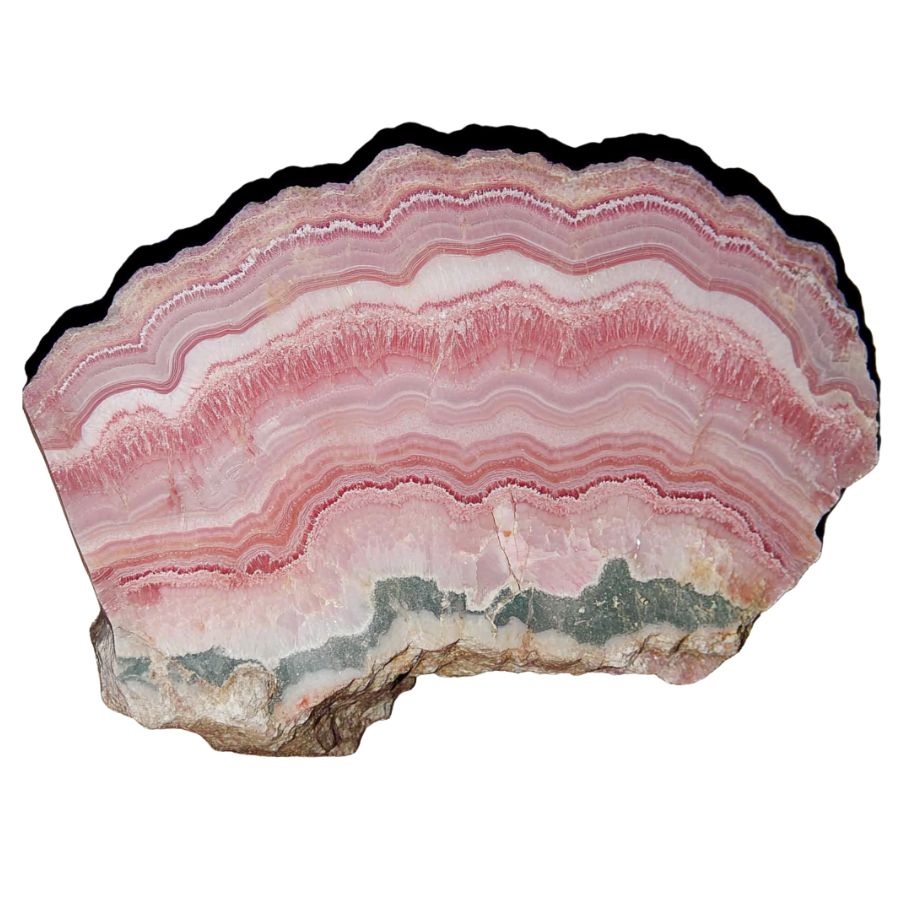
Natural bands of pink and white create stunning patterns across this remarkable stone. Delicate layering resembles fine marble artwork, making each piece unique. The colors shift between pale pink and deep red tones.
Historic significance adds to its charm as the “Inca Rose.” Ancient civilizations treasured these stones for their exceptional beauty. Many specimens show perfect crystal formations that catch and reflect light beautifully.
Exceptional purity sets Argentine specimens apart from others. Crystal formations often grow in perfect rhombohedral shapes. Traditional cutting methods reveal intricate internal patterns that collectors prize.
Colorado Red Rhodochrosite

Brilliant rose-red colors distinguish this remarkable variety. Transparent specimens showcase exceptional clarity and fire. Natural light brings out deep crimson undertones that seem to glow from within.
Outstanding crystallization creates sharp, well-defined faces. Remarkable internal structures form during slow growth periods.
Superior brilliance makes these stones stand out in collections. Natural light reveals complex internal reflections. Fresh specimens maintain their vivid coloring over time. Special cutting techniques enhance the stone’s natural beauty.
Banded Rhodochrosite
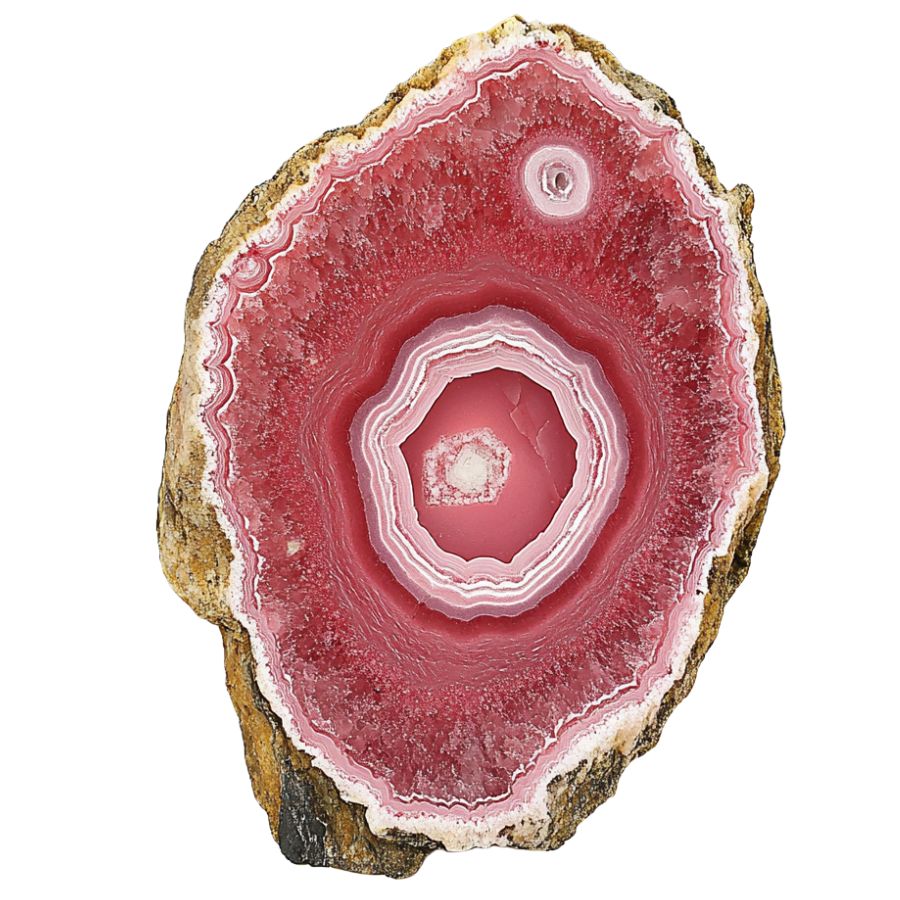
Concentric circles create fascinating patterns throughout this stone. Dramatic bands alternate between light and dark pink shades. Nature’s artistry reveals itself in each cross-section.
Perfect specimens form when mineral-rich water drips slowly over time. Natural processes create stalactite formations with distinct ring patterns.
Multiple layers build up over time to create unique patterns. Natural variation ensures no two pieces look exactly alike. Perfect cross-sections show complete circular patterns.
Peruvian Rhodochrosite
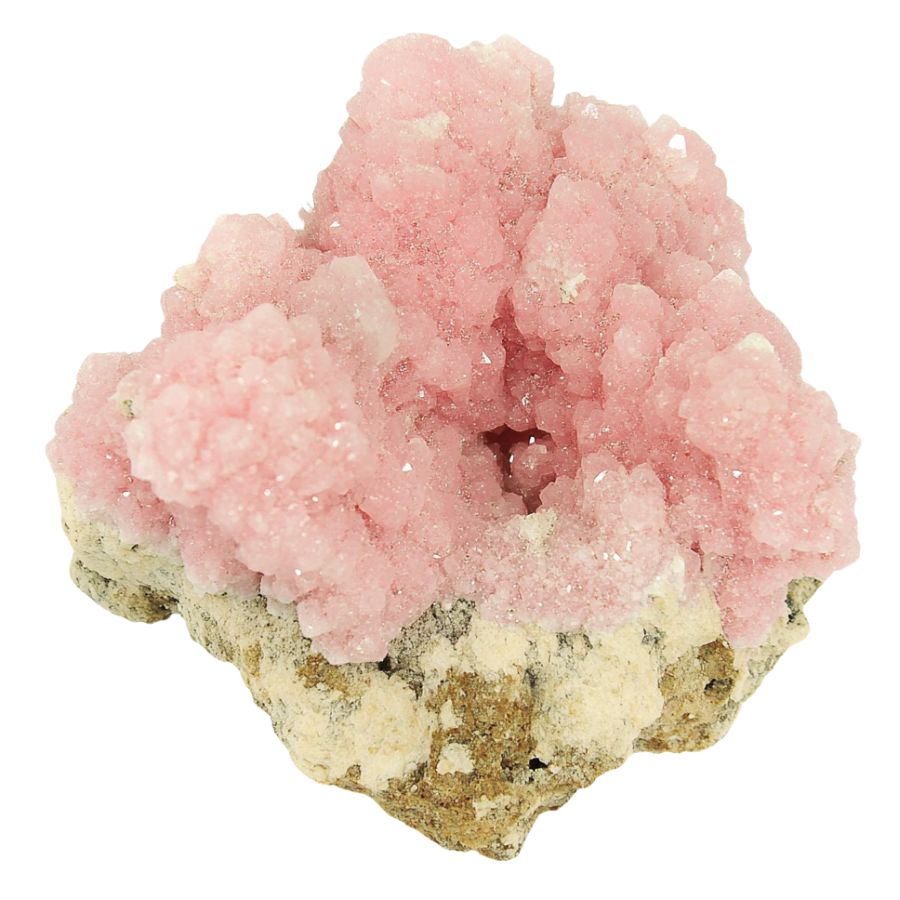
Peruvian Rhodochrosite exhibits a unique blend of pink tones with distinctive crystalline qualities. These stones often develop with exceptional clarity and a glass-like shine.
Crystal formation in these specimens tends to create angular patterns rather than rounded bands. This geometric growth pattern results in fascinating internal architectures that catch and reflect light in unique ways.
The combination of clarity and internal patterns makes these stones particularly fascinating under magnification. Collectors can observe minute details of crystal growth and formation that provide insights into the stone’s development process.
What Does Rough Rhodochrosite Look Like?
Rhodochrosite in its rough form can be tricky to spot, but once you know what to look for, it’s quite distinctive. Here’s how to recognize Rhodochrosite in its natural state.
Look for the Signature Pink-to-Red Color Range
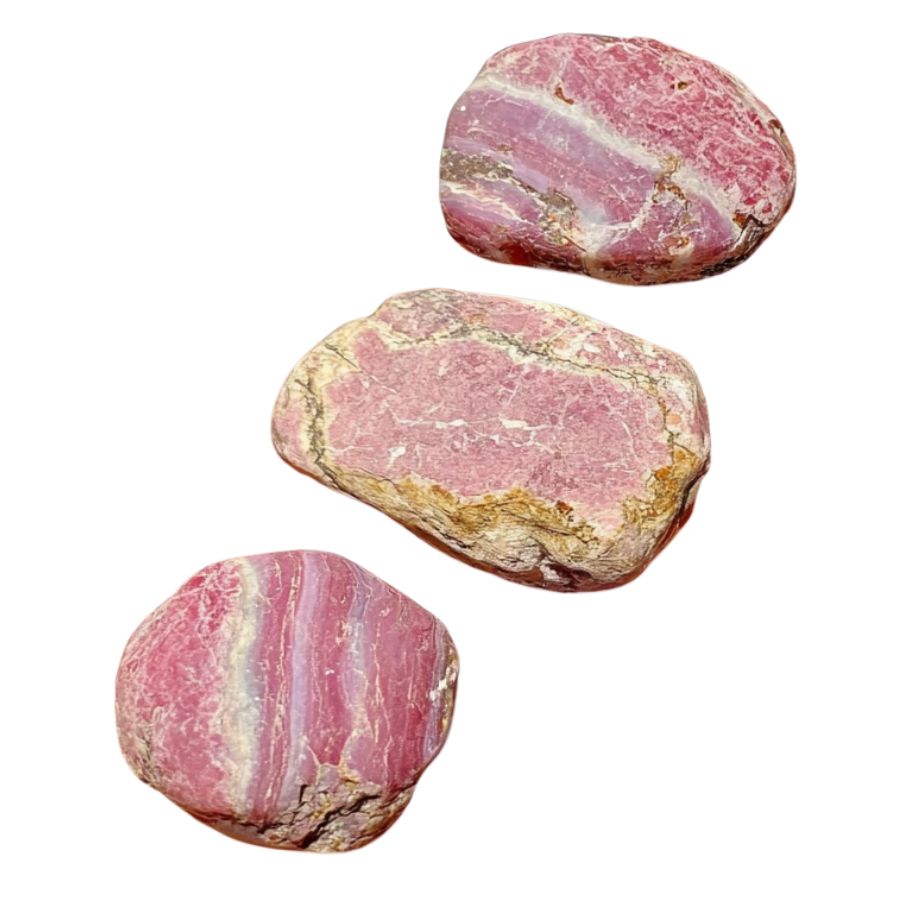
The most obvious telltale sign is its color – typically a warm, rosy pink to deep red. But here’s the thing: it’s not just one solid color. You’ll often spot subtle bands or zones of different pink shades.
Sometimes, you might see hints of brown or even light orange. Don’t dismiss it if it’s not perfectly pink – natural rhodochrosite can be surprisingly varied. The deeper, more saturated reds usually indicate higher-quality specimens.
Check for the Distinctive Crystal Structure
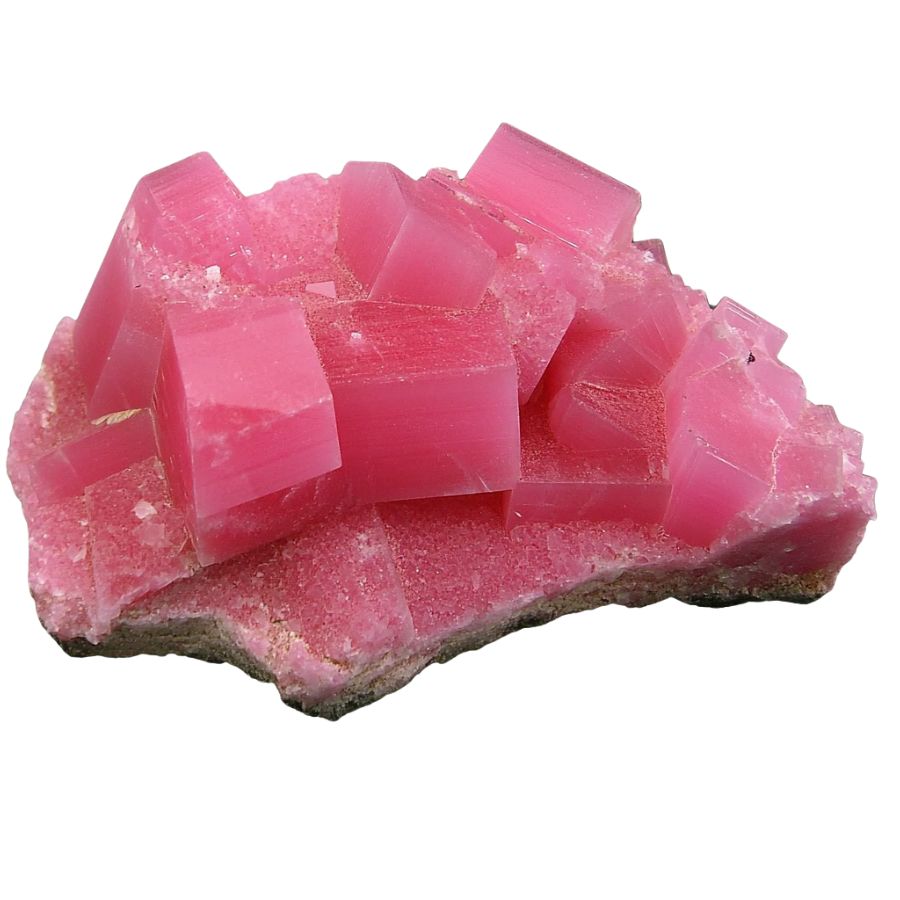
Unlike many minerals, rough rhodochrosite often forms in rhombohedral crystals. Look for angular edges and faces that meet at about 73 degrees. Sometimes you’ll find it in curved, saddle-shaped crystals (super unique!).
The crystals can be transparent to translucent, and they might appear in clusters or as individual specimens.
Examine the Surface Texture and Patterns
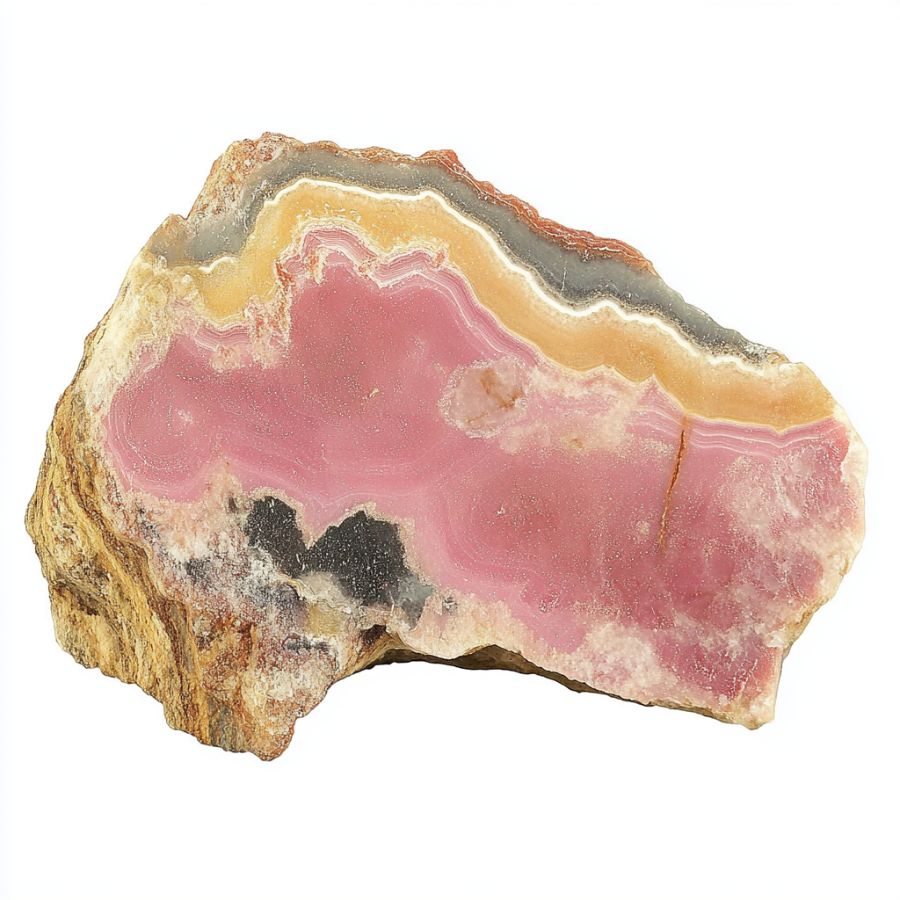
Run your fingers over the surface – rhodochrosite typically has a pearly to vitreous (glass-like) luster. Fresh breaks will show this best.
You might notice concentric banding patterns, especially in massive specimens. These bands often alternate between lighter and darker shades of pink. The surface might feel slightly smooth but not quite as glassy as quartz.
Test the Hardness and Fragility
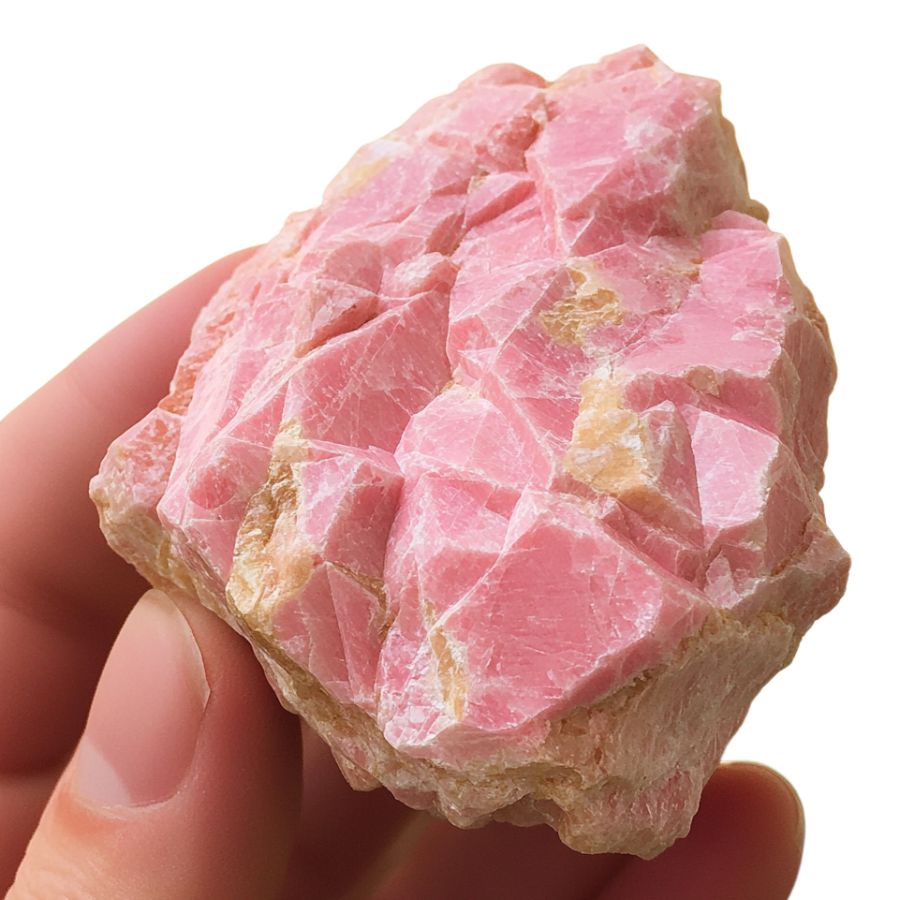
Here’s a crucial tip: rhodochrosite is relatively soft (3.5-4 on the Mohs scale). Try scratching it gently with a copper penny – if it scratches easily, you might have rhodochrosite.
Be gentle though! It’s pretty delicate and can break along cleavage planes. This softness and brittleness help distinguish it from similar-looking minerals like rose quartz, which is much harder.
A Quick Request About Collecting
Always Confirm Access and Collection Rules!
Before heading out to any of the locations on our list you need to confirm access requirements and collection rules for both public and private locations directly with the location. We haven’t personally verified every location and the access requirements and collection rules often change without notice.
Many of the locations we mention will not allow collecting but are still great places for those who love to find beautiful rocks and minerals in the wild without keeping them. We also can’t guarantee you will find anything in these locations since they are constantly changing.
Always get updated information directly from the source ahead of time to ensure responsible rockhounding. If you want even more current options it’s always a good idea to contact local rock and mineral clubs and groups
Tips on Where to Look
Rhodochrosite is a pink to rose-red mineral that often forms in veins and cavities. Here’s where you can typically find this beautiful stone while rockhounding in accessible locations across the US.
Abandoned Mine Areas
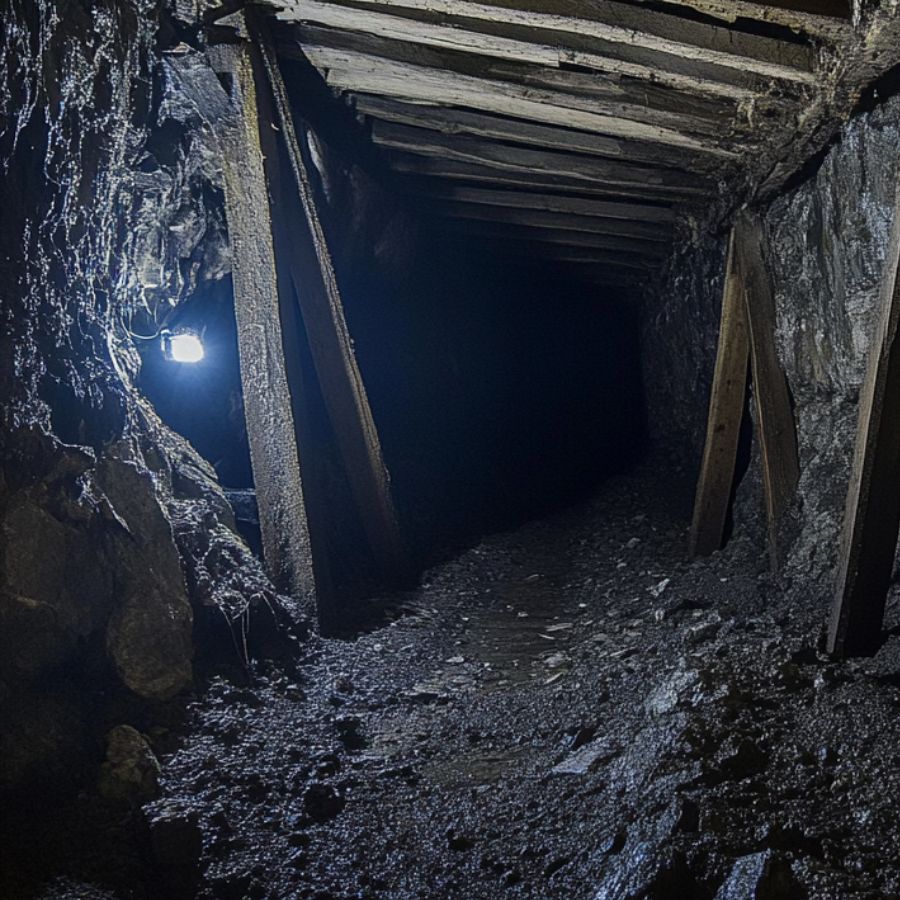
Old mines are great spots to find rhodochrosite. Check the mine dumps and tailings piles where miners discarded unwanted material. These areas often contain smaller pieces that weren’t commercially valuable but are perfect for collectors.
Look for pink-colored rocks in manganese-rich waste piles. The stone frequently appears alongside black manganese minerals, which can serve as a helpful indicator when searching.
Sometimes, you might get lucky and find specimens with beautiful banding patterns that were overlooked during mining operations.
Sedimentary Rock Formations
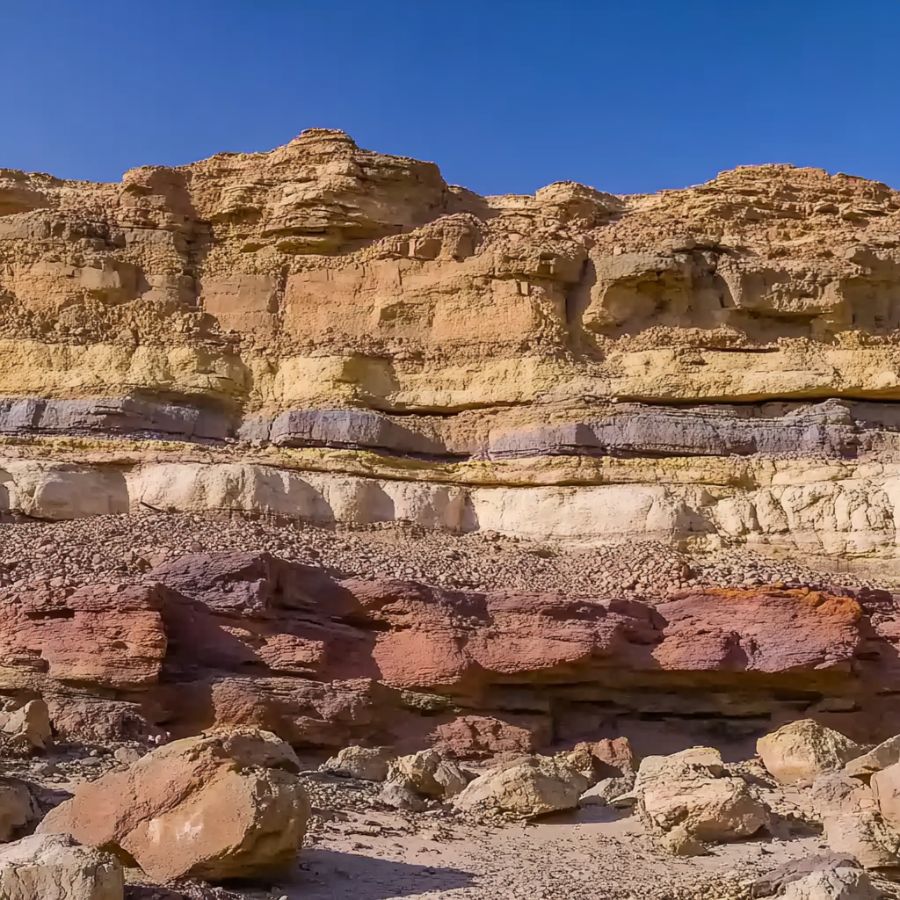
Many sedimentary rocks, especially those containing lots of manganese and calcium carbonate, can host rhodochrosite. Look for areas where limestone and dolomite are common. The stone often forms in the cracks and spaces between these rocks.
While exploring these formations, pay special attention to areas where water has carved out natural exposures, as these spots might reveal hidden rhodochrosite deposits that have been naturally weathered out over time.
Mountain Stream Beds
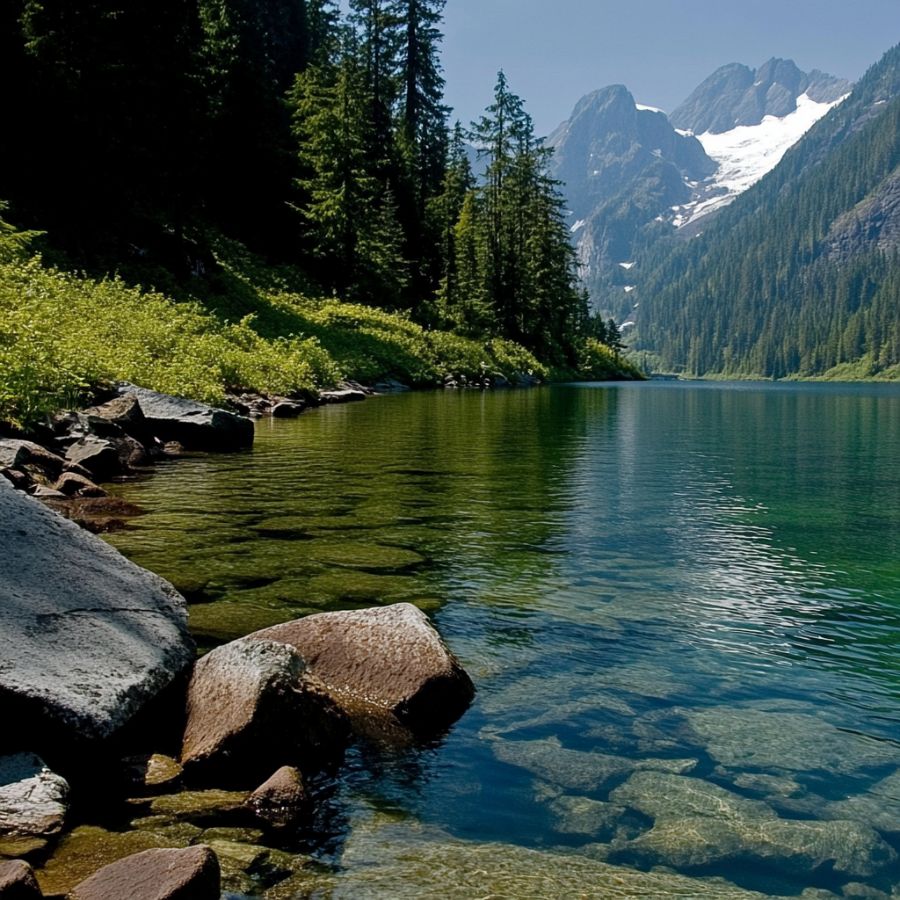
Stream beds in mountainous regions are excellent places to search. Focus on areas where the water has cut through manganese-rich rock formations, as the stream’s natural tumbling action often exposes and smooths rhodochrosite pieces.
During your search, concentrate on spots where the water slows down and creates natural collection points, such as behind large boulders or in quiet pools, because these areas tend to accumulate heavier minerals including rhodochrosite fragments that have broken free from their original source.
Some Great Places To Start
Here are some of the better places in the state to start looking for Rhodochrosite:
Always Confirm Access and Collection Rules!
Before heading out to any of the locations on our list you need to confirm access requirements and collection rules for both public and private locations directly with the location. We haven’t personally verified every location and the access requirements and collection rules often change without notice.
Many of the locations we mention will not allow collecting but are still great places for those who love to find beautiful rocks and minerals in the wild without keeping them. We also can’t guarantee you will find anything in these locations since they are constantly changing.
Always get updated information directly from the source ahead of time to ensure responsible rockhounding. If you want even more current options it’s always a good idea to contact local rock and mineral clubs and groups
Fannett

Fannett sits 15 miles southwest of Beaumont in Jefferson County. This small community is part of Texas’s coastal region, known for its flat landscapes. The area’s main geological feature is the Fannett Dome, a salt dome discovered in 1925 about 4 miles from the community.
Rhodochrosite can be found around the Fannett Dome area. The dome formed when underground salt pushed up through layers of rock, creating a unique geological structure. This process created perfect conditions for various minerals to form, including rhodochrosite.
Rock collectors often search near the exposed limestone areas of the dome. Looking around old mining areas can be productive for finding rhodochrosite specimens.
The flat terrain makes accessing these areas easier compared to many other rock collecting sites.
Twin Mountains

Twin Mountains is a distinct hill with two peaks in Llano County, about 5 miles southwest of Kingsland. This area is part of the Llano Uplift, an old rock dome that formed millions of years ago.
Rhodochrosite can be found here in the mountain’s mineral veins along with other stones like sphalerite and fluorite. People often find these pink crystals near old mining spots where the rocks are exposed.
The mountain contains special rock types called Valley Spring Gneiss and Packsaddle Schist, which help create good conditions for finding gemstones.
To look for rhodochrosite, the best spots are around cracked rocks and areas where you can see mineral lines running through the stone. Local rockhounds say the northern slope has more mineral veins than other parts.
Shafter
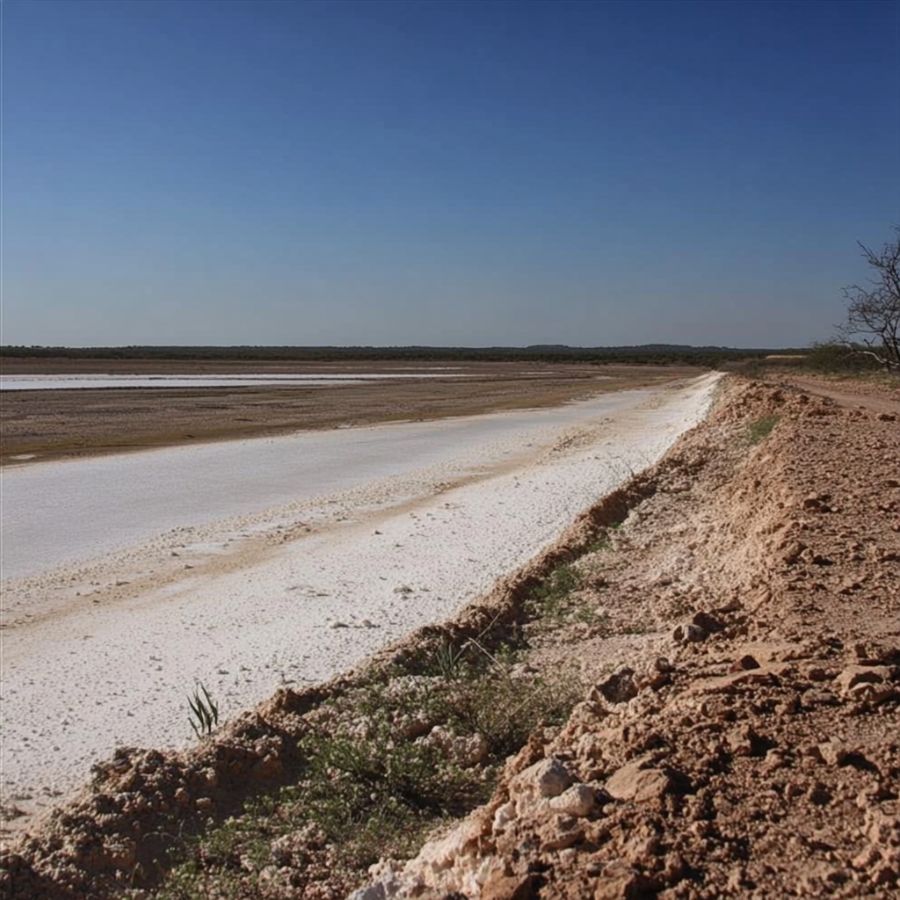
Shafter is a ghost town in Presidio County. This historic mining town sits close to the U.S.-Mexico border, with the Chinati Mountains on one side and Cienega Mountain on the other. The area became famous in the late 1800s when silver was discovered there.
Old Presidio Mine and its surrounding areas are good spots to look for rhodochrosite. This pink mineral often shows up in the mine tailings and old mining dumps. The mine was mainly used for silver, but it also had other minerals like lead, zinc, and copper.
The rocks in this area formed millions of years ago when hot fluids moved through cracks in the limestone. These fluids carried minerals that created rich deposits. The whole Shafter Mining District has different types of rocks that were formed by both heat and pressure.
Burnet Area

Burnet is located about an hour northwest of Austin. This area is part of the famous Llano Uplift, one of Texas’s oldest rock formations dating back over a billion years. The county’s landscape features rolling hills, clear lakes, and exposed pink granite outcrops.
The region’s special geology makes it great for finding rhodochrosite and other minerals. Rockhounds can look for the pink-colored rhodochrosite around old mining areas and quarries throughout the county. Lake Buchanan’s shores have exposed rock cuts where minerals often show up.
Most rhodochrosite hunters focus on the western parts of the county, where mineral deposits are more common. The rocks here formed during ancient volcanic activity, creating perfect conditions for rhodochrosite formation.
Local streams and creek beds also offer good spots to search, especially after rain washes away loose soil.
Quitman Mountains
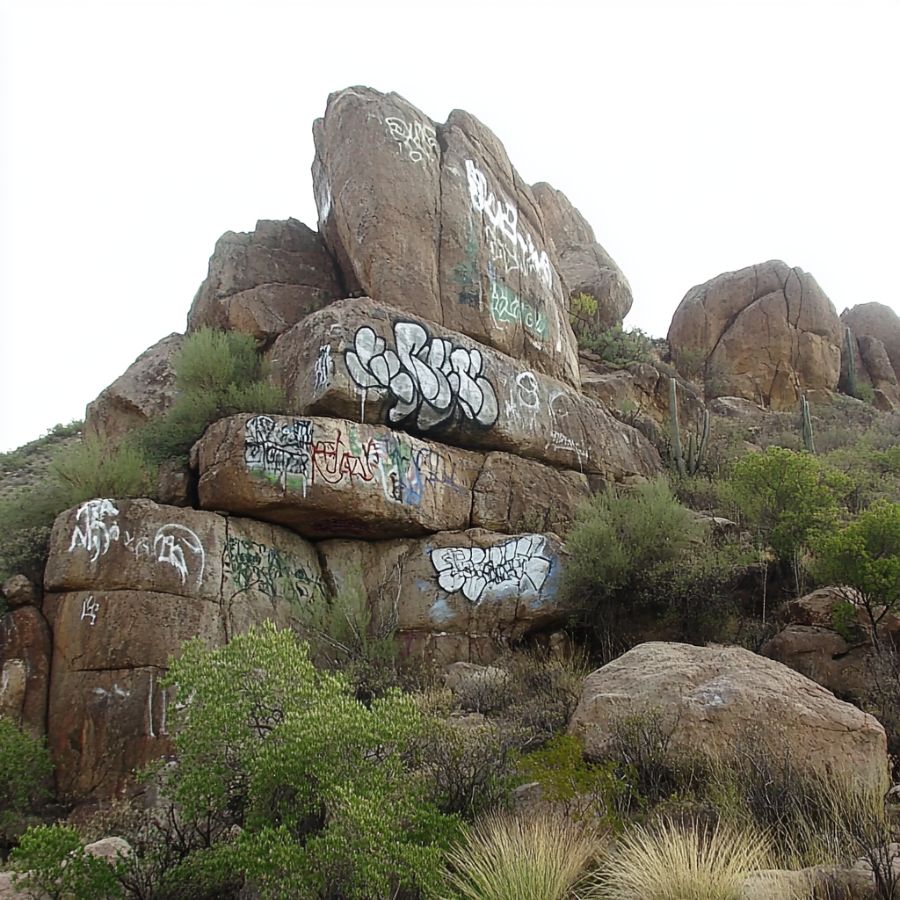
The Quitman Mountains run for 24 miles in Hudspeth County, starting just 7 miles west of Sierra Blanca. These mountains reach up to 6,589 feet above sea level and are part of the Rocky Mountain chain. Pink rhodochrosite crystals can be found here among the mountain’s rich mineral deposits.
Rockhounds can find rhodochrosite in areas around the Quitman pluton, which is a ring-shaped rock formation. Some good spots are often in the higher parts of the mountains where volcanic rocks meet other rock types.
The northern section of the range has special rock layers that often contain rhodochrosite deposits.
Places Rhodochrosite has been found by County
After discussing our top picks, we wanted to discuss the other places on our list. Below is a list of the additional locations along with a breakdown of each place by county.
| County | Location |
| Culberson | Van Horn Mountains |
| Presidio | Chinati Mountains |
| Presidio | Pinto Canyon |
| Presidio | Marfa Area |
| Val Verde | Langtry |
| Various | Rio Grande River Gravels |
| Brown | Brownwood Area |
| Palo Pinto | Brazos River |
| Palo Pinto | Possum Kingdom Lake |
| Fannin | Red River |
| Collin | Lake Lavon |
| Rockwall | Lake Ray Hubbard |
| Kerr | Guadalupe River |

